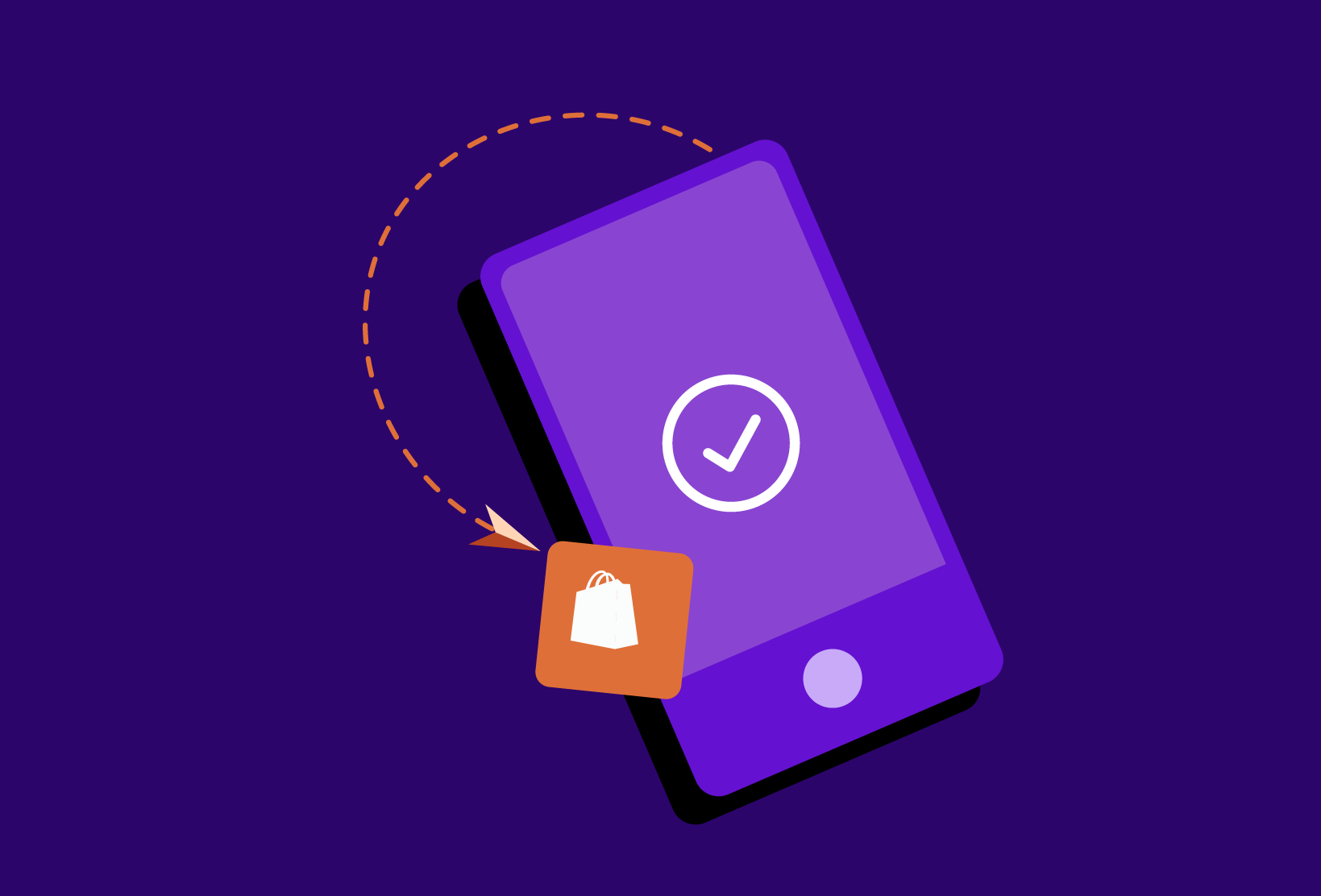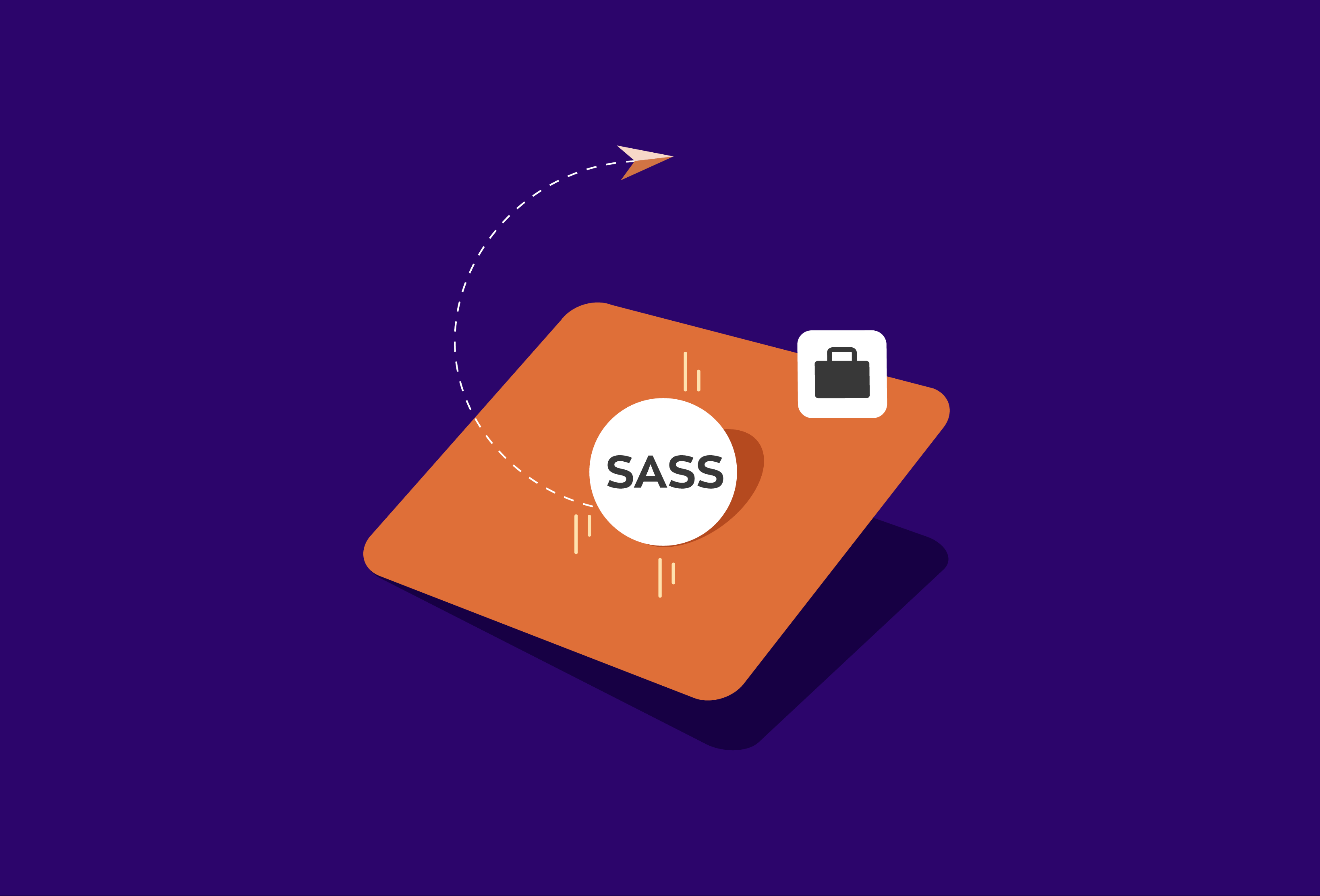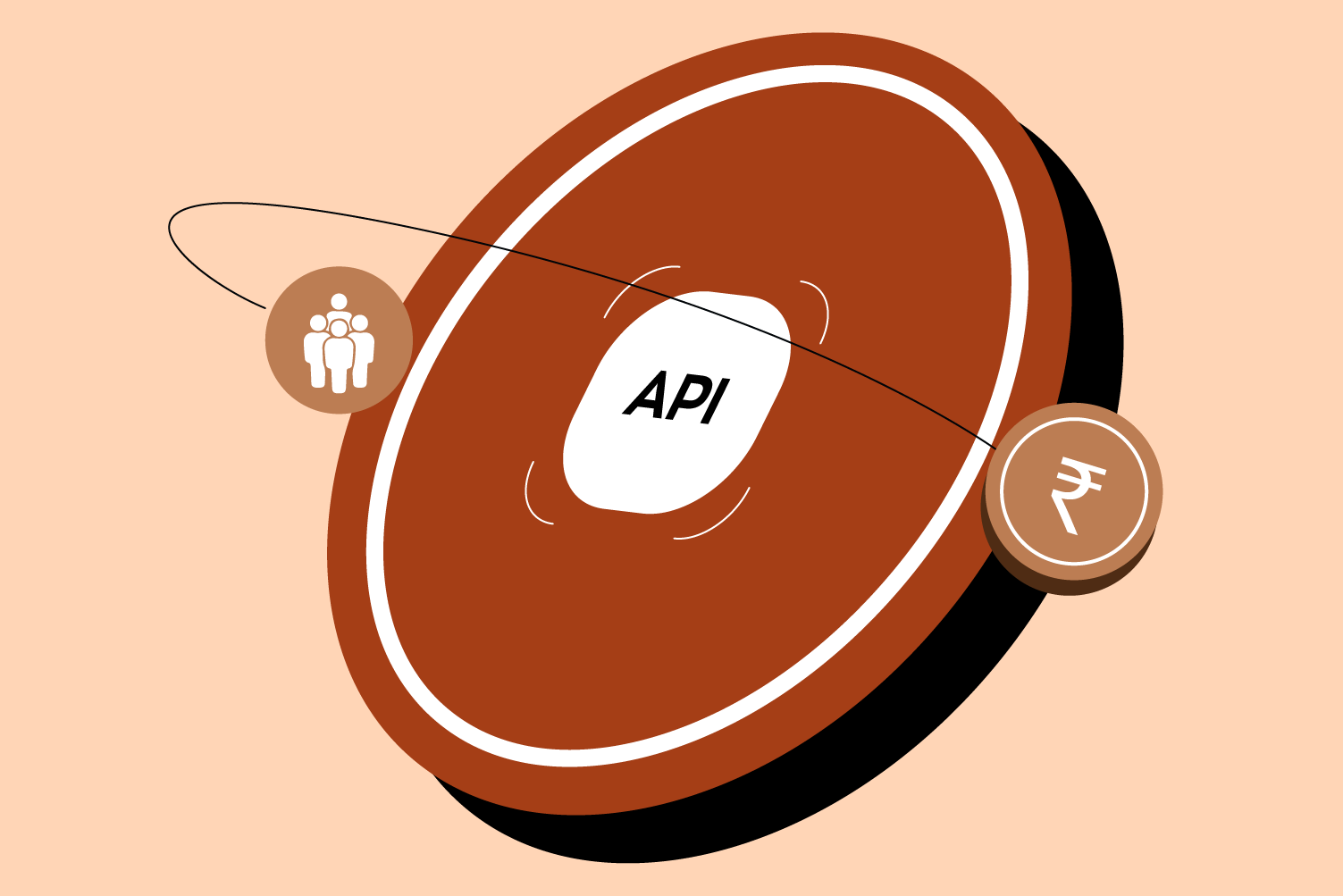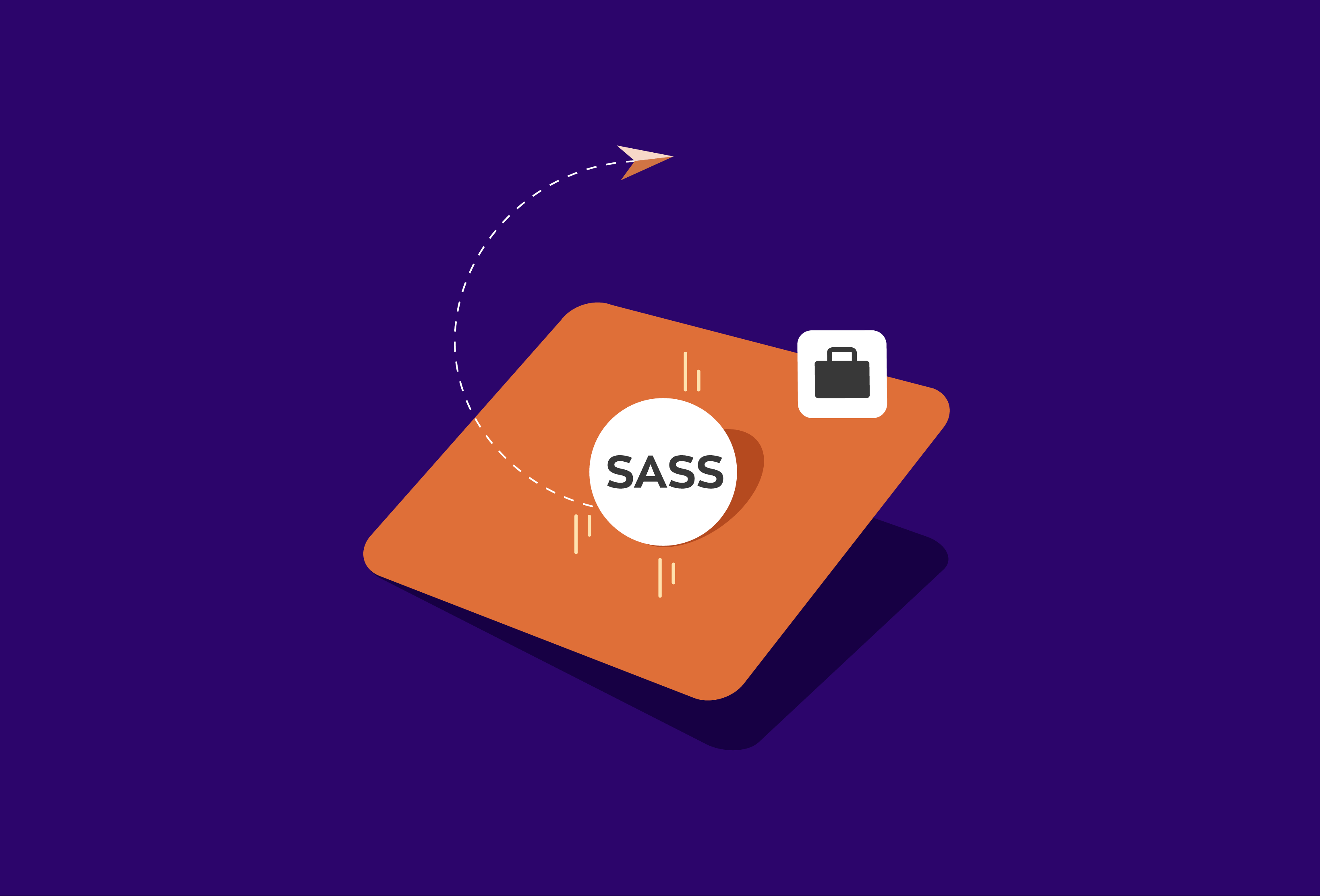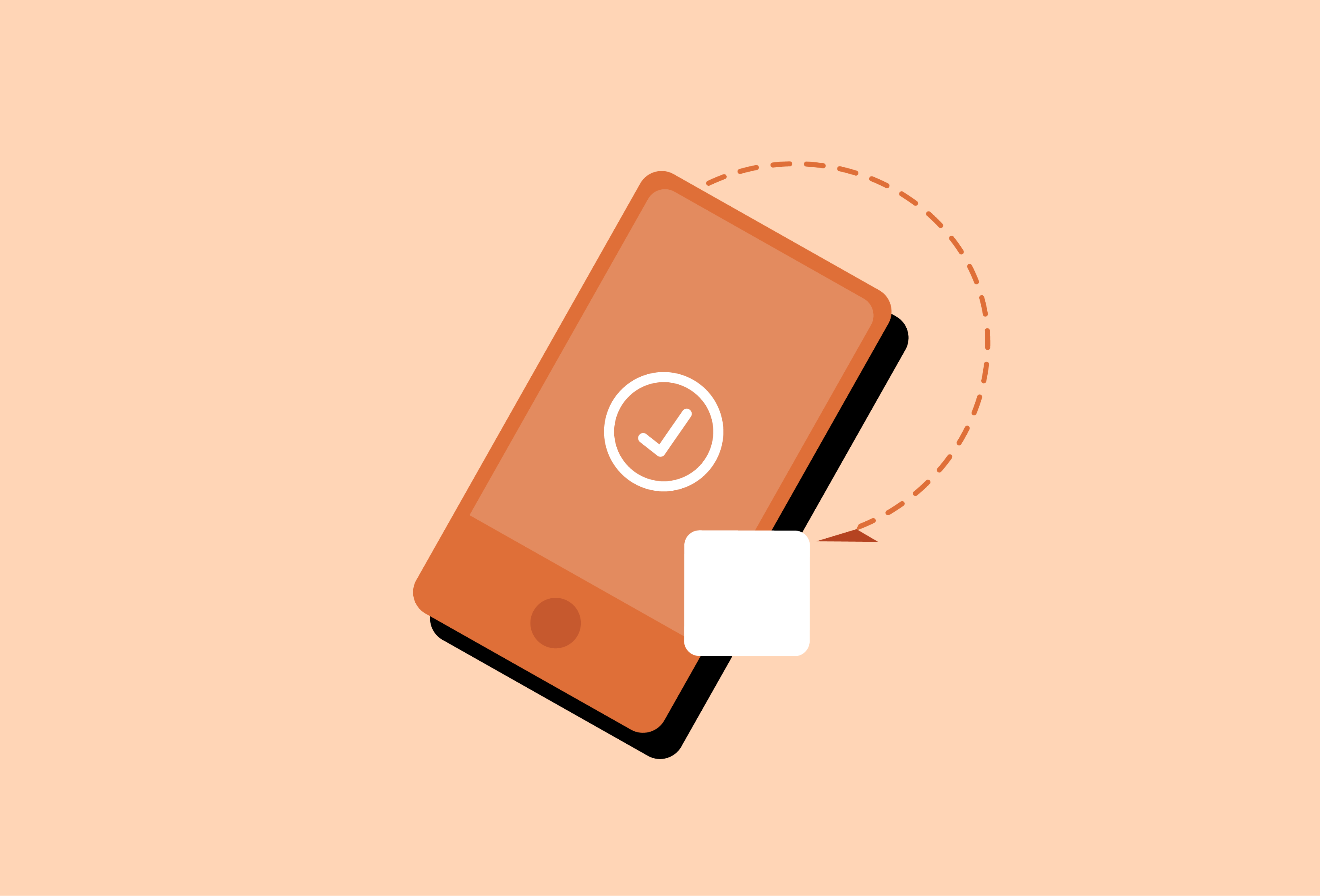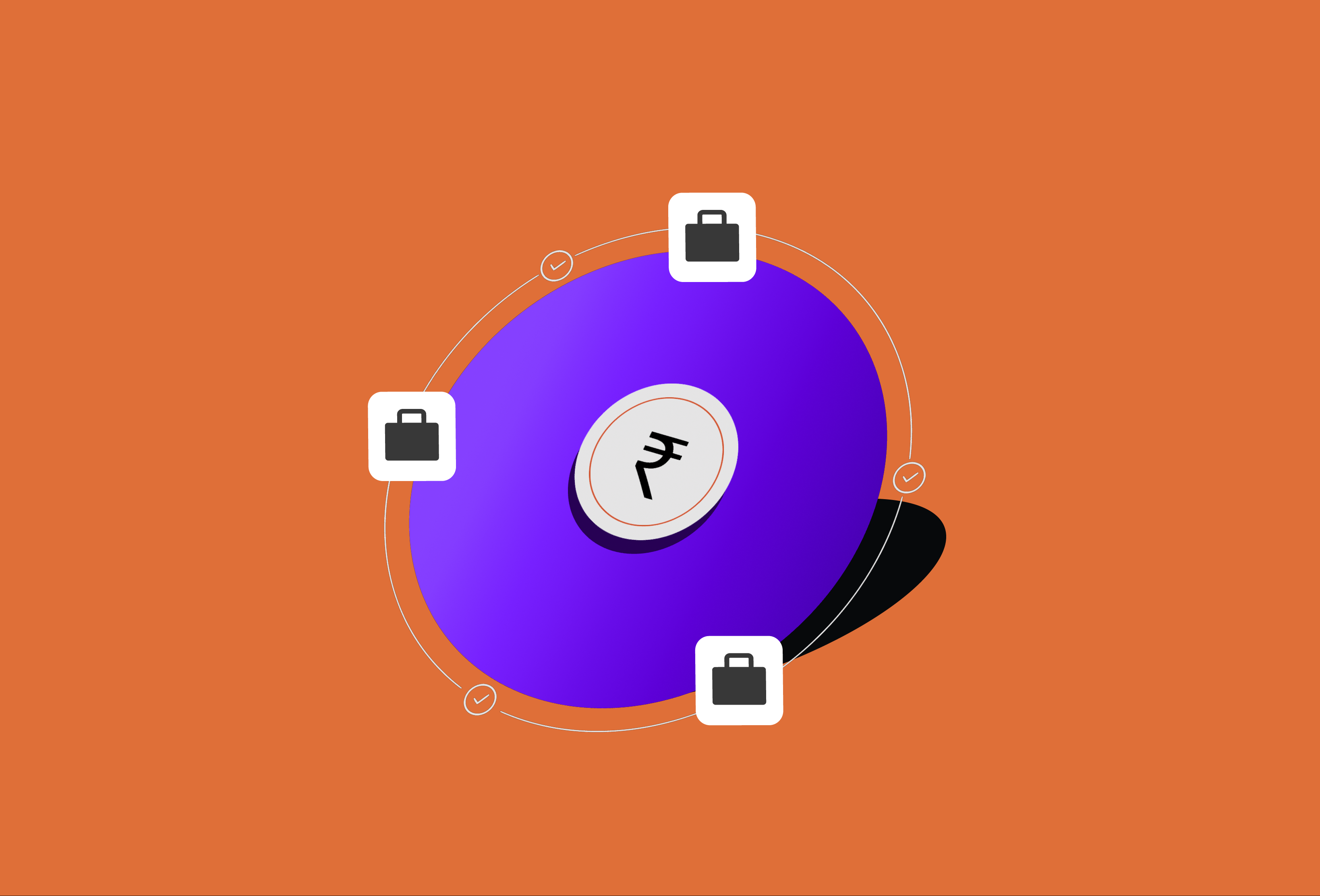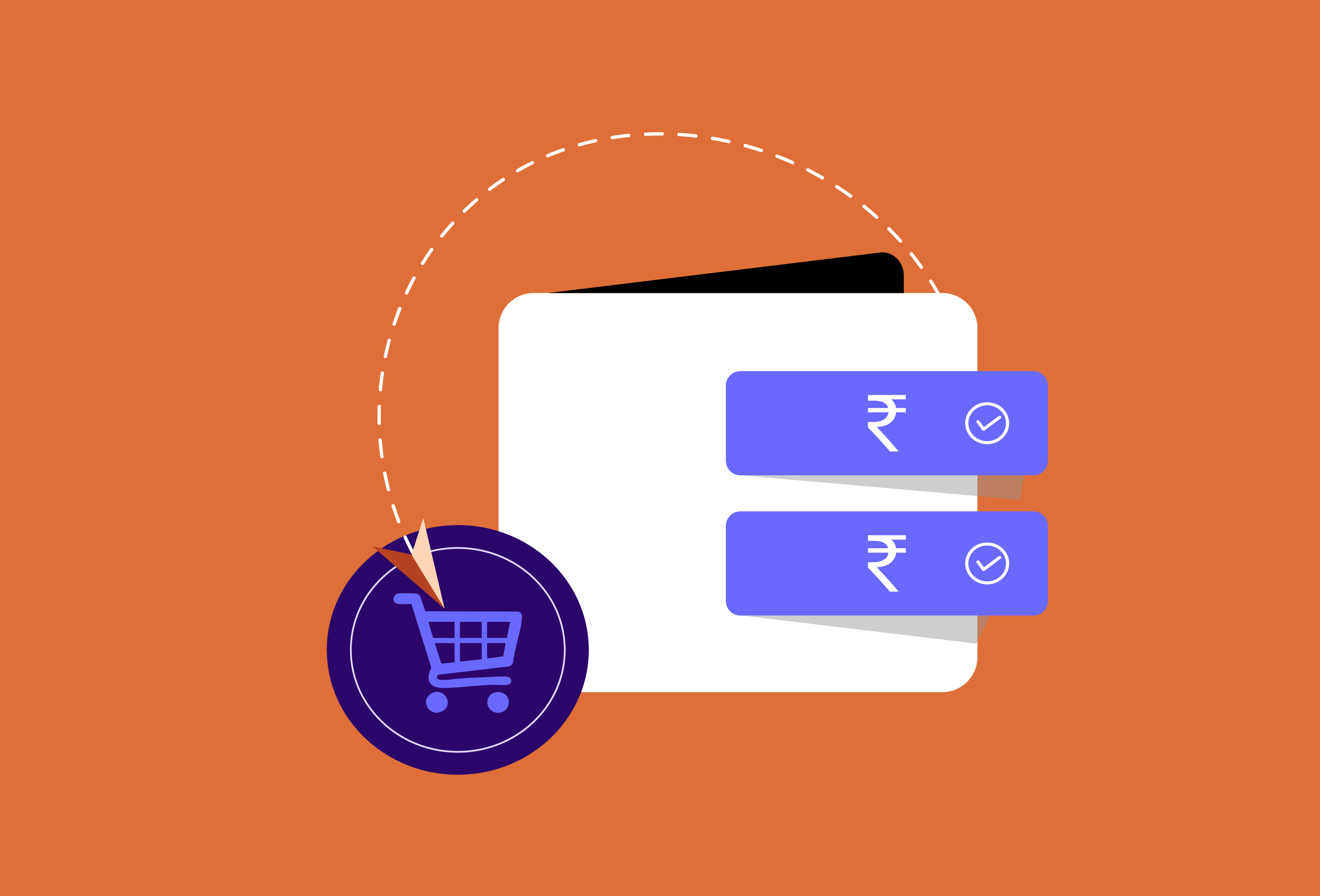Every online business depends on one key moment — the checkout. No matter how attractive your website is or how competitive your prices are, the sale only becomes real when the payment goes through smoothly. A single failed transaction or an insecure checkout page can make a customer abandon the purchase and never return.
This is why payment security is no longer a technical detail; it is part of your brand’s credibility. Customers want to know that their card details, bank information, and personal data are safe. For businesses, ensuring a secure checkout isn’t just about protecting customers — it also protects your reputation and revenue.
This blog explores how to integrate a payment gateway effectively, with attention to PCI compliance tips, fraud prevention strategies, and encrypted transactions that help create a reliable payment experience for both sides.
Understanding How Payment Gateways Work
A payment gateway acts as the bridge between your website or app and the bank. When a customer enters their card or UPI details and clicks ‘Pay,’ the gateway encrypts that information and sends it securely to the acquiring bank. The transaction is then routed through the card network (Visa, Mastercard, RuPay, etc.) and verified by the customer’s bank (issuing bank). Once the bank confirms the details and approves the payment, the gateway notifies your platform that the payment is successful.
This entire process takes just a few seconds, but it involves several security layers. Encryption ensures that sensitive data is unreadable to unauthorized users, while authentication tools like OTP and CVV verification confirm the customer’s identity.
Understanding this flow helps you identify where potential risks might occur and how to secure each step. When done right, your payment gateway setup becomes both efficient and safe.
Choosing the Right Payment Gateway for Your Business
Before you begin integration, choosing the right payment gateway is crucial. Here are a few points to consider:
1. Compatibility and Integration:
Make sure the gateway supports your website’s platform or your app’s backend technology. Most popular gateways provide plugins or APIs for smooth integration.
2. Supported Payment Methods:
A good gateway should support multiple payment modes — debit and credit cards, net banking, wallets, and UPI. This helps you cater to different customer preferences while ensuring safe online payments across all channels.
3. Settlement and Fees:
Review the transaction fees and settlement times. While some gateways charge a small percentage per transaction, others may have monthly or annual charges.
4. Security Standards:
Always check if the gateway complies with the Payment Card Industry Data Security Standard (PCI DSS). This certification ensures the platform follows global standards for processing card payments securely.
5. Fraud Detection Tools:
Modern gateways come with built-in fraud prevention strategies like velocity checks, IP tracking, and address verification. These help detect suspicious activity before it becomes a problem.
A useful tip is to test the customer experience before finalizing the provider. A quick test checkout can reveal how user-friendly the flow is and whether any step causes friction.
Integration Best Practices for Secure Transactions
A well-structured integration helps minimize errors and strengthen payment security. Here are a few proven practices to follow:
1. Use SSL Certificates:
An SSL (Secure Socket Layer) certificate encrypts data transmitted between your website and the payment gateway. Without it, customer information is exposed to interception during transmission.
2. Implement Strong Authentication:
Enabling two-factor authentication, such as OTP verification for card transactions, reduces the risk of unauthorized access.
3 . Ensure PCI Compliance:
Following PCI compliance tips is essential for any business handling cardholder data. This includes not storing sensitive card details unless necessary, using secure networks, and regularly testing your systems for vulnerabilities.
4 .Keep APIs and Plugins Updated:
Outdated software is one of the easiest targets for cyberattacks. Make sure your payment APIs, SDKs, and plugins are regularly updated with the latest patches and features.
5. Test in a Sandbox Environment:
Before going live, test your payment gateway setup in a sandbox environment. This allows you to check different scenarios, including failed transactions, refunds, and chargebacks, without real money being involved.
6. Monitor Transactions Continuously:
Set up alerts for failed or suspicious transactions. Regular monitoring helps you spot patterns like repeated declined attempts or high refund rates, which could signal fraud.
Common Mistakes Businesses Should Avoid
Even small oversights can expose your business to payment issues. Here are some common mistakes that can easily be prevented:
- Ignoring regular system updates or security patches.
- Using unverified third-party plugins for payment processing.
- Failing to comply with PCI DSS standards.
- Not setting clear error messages or fallback options during payment failures.
- Storing sensitive data unnecessarily, increasing exposure to data breaches.
Avoiding these mistakes helps in reducing chargebacks and maintaining customer trust.
Building Customer Confidence at Checkout
Your checkout page is where trust is won or lost. A few small adjustments can make a big difference:
- Show Security Indicators: Display familiar security icons like the padlock symbol and trust badges such as “Verified by Visa” or “Mastercard SecureCode.” These reassure users that your site handles payments responsibly.
- Keep the Process Simple: A cluttered or multi-step checkout can make users abandon their carts. Streamline the flow by asking only for essential details.
- Optimize for Mobile Devices: Many customers complete transactions on their phones. Ensure that your payment pages load quickly and display correctly across devices.
- Offer Multiple Payment Options: Provide flexibility without overwhelming the user. Popular methods like UPI and wallets improve the checkout experience while supporting safe online payments.
- Communicate Clearly: After a payment, display confirmation messages or send an immediate email receipt. In case of failure, explain the reason and guide the customer to retry or contact support.
These practices make your checkout process both trustworthy and smooth, which in turn encourages repeat purchases.
Testing and Ongoing Maintenance
Security isn’t a one-time task. Continuous testing and monitoring are key to keeping payments safe over time.
- Regular Security Audits:
Run vulnerability scans and penetration tests to identify weak points in your system. - Transaction Analytics:
Use the analytics dashboard provided by your gateway to track trends like success rates, refund ratios, or chargeback frequencies. High chargeback rates can point to problems with customer satisfaction or potential fraud. - Employee Awareness:
Train your team to recognize phishing attempts or suspicious transactions. A well-informed team is an added layer of defense. - Backup and Disaster Recovery:
Have a recovery plan in place in case of system failures or security breaches. Maintaining backups ensures business continuity even during unexpected issues.
By investing in regular maintenance, you protect your business from both technical failures and financial losses.
Secure Integration = Stronger Sales
In today’s digital marketplace, payment security directly influences how customers perceive your business. A secure checkout not only protects sensitive information but also encourages confidence in every transaction. Following reliable fraud prevention strategies, maintaining PCI compliance, and ensuring encrypted transactions all contribute to a safer ecosystem for both merchants and buyers.
Businesses that take payment security seriously experience fewer disputes, faster settlements, and higher repeat purchases. Over time, these factors translate into stronger customer loyalty and sustainable growth.
For growing brands, platforms like Zwitch simplify payment gateway setup while maintaining full compliance and advanced security features. By combining smooth integration with a focus on safe online payments, Zwitch helps businesses build trust and secure every sale, one transaction at a time.


